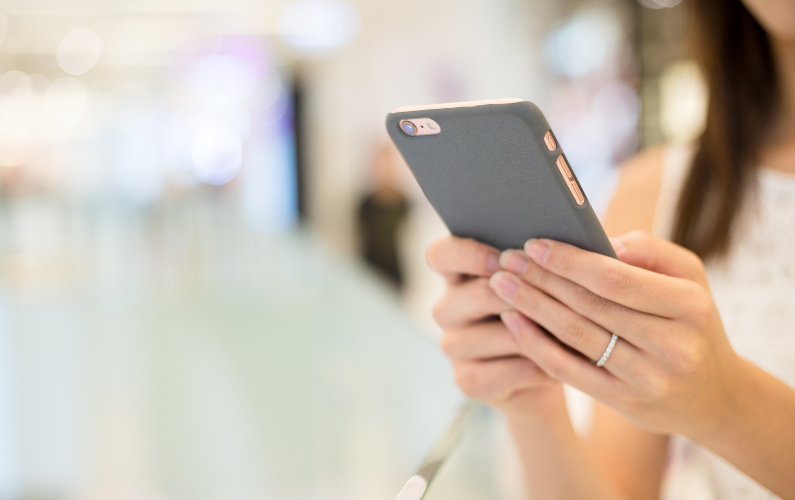I learned the term Digital Wellness from a talk I attended at my son’s school. I happened to be reading the book Stolen Focus that I shared in our latest edition of Read Watch Listen, so this topic was particularly interesting to me. It was given by recent college student, Dino Ambrosi, from UC Berkeley. Soon after starting college he found himself tech-addicted, unable to focus, and not doing well in school. He was able to take some time off, work at a start up and learn how others were managing their relationship to technology. Upon returning to Berkeley, he created a class called Being Tech Intentional for students. It was so popular and successful that he decided to launch a non-profit called Project Reboot to reach as many kids as possible.
Dealing with increasingly addictive devices
What I took from the talk, the book, my own experience as a tech user, and accountability coach is we are having to learn how to manage extremely addictive devices in real time even as they are becoming more addictive. As long as the financial model of some of our most popular tech companies, relies on grabbing as much of our precious time and attention as possible, we are going to see apps continue to converge around innovations that keep us on their platforms as long as possible.
We can all agree that there are great applications for technology. However, the time and attention loss we are experiencing, particularly in our youth, is a serious problem. A report by Common Sense Media showed that kids 13-18 are spending on average over 8 hours a day on their devices streaming, playing games or on social media. That does not count email, homework, or apps like Google Maps. I can’t guess if government regulation or a mass movement demanding change are viable solutions, however in the meantime, we are left to deal with this current reality for ourselves and our youth. 
Why is an accountability coach interested or even writing about this?
Because when it comes to you reaching your goals and doing what you say you’re going to do, you have to overcome distraction and procrastination constantly. You also have to lean into uncomfortable emotions because doing things you have never done before or that are challenging is hard work and our devices provide an easy escape from that discomfort. So we see a lot of our clients using accountability to help them manage their relationship to technology.
- Put my phone away by x time.
- Keep my phone in x room when I go to sleep.
- Wait until x happens in the morning to access my phone.
- Put Do Not Disturb on my phone while I do x.
You get the idea. And yes, this puts the onus on the individual to solve and work around the larger societal problem of the way our tech has been and is being designed. However, there are also many calling for change. And the more we examine the costs and assess our habits the better decisions we can make and help our children make.
What does digital wellness look like for you?
For now my own digital wellness looks like being honest with myself about my tech use. I regularly check my screen time. I set tight limits on my news, social and game apps. The places where I procrastinate the most! I have eliminated almost all notifications. I’ve made a conscious choice to read more physical books even though I can get through audiobooks faster because anything that keeps me on my phone longer, leads to other kinds of distraction. The bonus is that I didn’t fully understand how much I was craving sitting or laying in bed and reading a book until I started doing it.
So what does digital wellness look like for you? Does it mean getting off or limiting social media? Does it mean monitoring your screen time and making sure it stays below a certain level? Does it mean you turn on Do Not Disturb for hours at a time while you focus on work? Does it mean you put tools on your computer to keep you from having too many tabs open or from being able to open sites that you know distract you? Does it mean setting app limits? There are no right answers. I liked knowing that there was vocabulary out there for what we are doing. The idea that we can be tech intentional ourselves and model that for our kids seem like skills we are all going to need moving forward.
Do you want to be more tech intentional? If so, what is the smallest action you can take to work towards it? Put it into practice today.




I have found it very helpful to always have all sounds off, and all vibrations. That way I’m not distracted, and use my device when I want, vs. when something else wants me to.